Follow along to understand how-to use Reeb Social, powered by SOCi. This is currently only available for OnTrack dealers.
Author: Amanda Hergenreder
Signing up for Reeb Social
Reeb Bethlehem Facility Update 08/23
We are excited to share an update about our Reeb Bethlehem facility specifically a new piece of equipment called the Barbaric.
Click here to see a virtual tour of the rest of the facility
The Basics of 2g
Selling an Interior Door Unit
Interior doors come in a variety of configurations to suit different needs and preferences. The most basic type of interior door is the single swinging door, while double doors are two doors often used for larger openings.
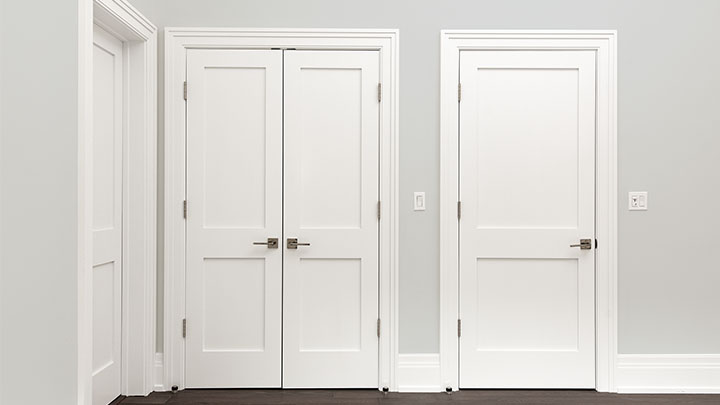
Doors can also come with sidelites or transoms, which are pieces of glass or narrow panels that run along the sides or above the door, allowing for additional light to enter a room.
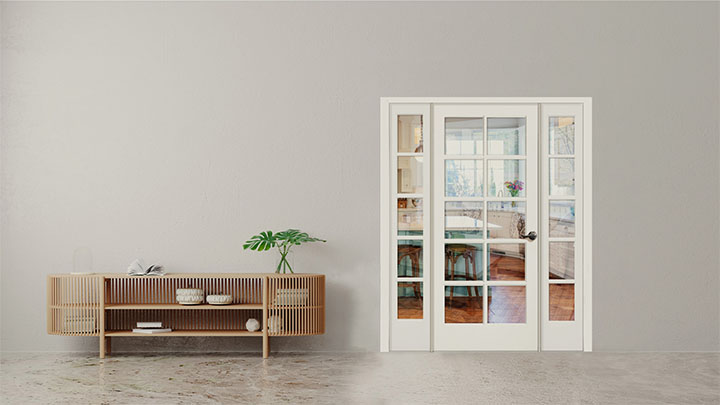
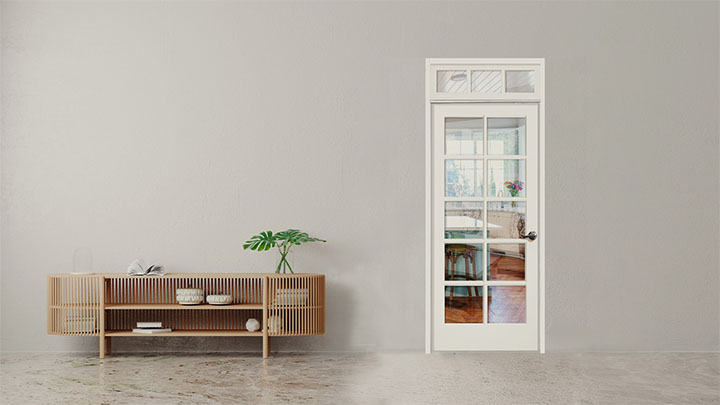
Bifold doors can be set up or knocked down, and they fold in half to save space when opening. Bypass doors slide open on a track, allowing for full access to the contents and can come with standard or heavy-duty hardware.
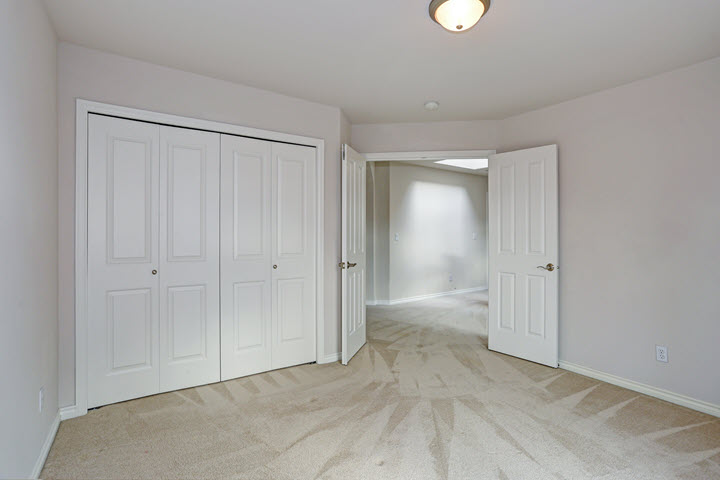
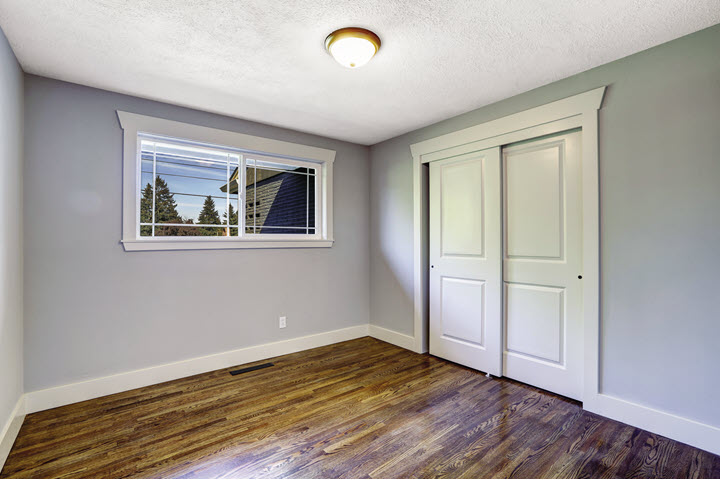
One common type of interior door is the stile and rail door, which is constructed from stiles and rails with a panel in the middle. Another type is a molded door, which can have either a hollow core and solid core options. One popular style is the panel door, which can have either a flat or raised panel design. Another classic style is the French door, which features glass panels and can be found in various types such as clear, frit, bevel, or decorative glass.
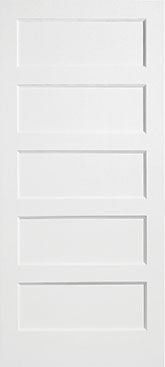
Stile and Rail Door with Flat Panel
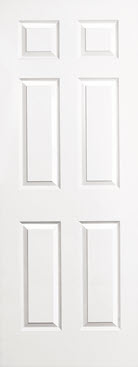
Molded Door with Raised Panel
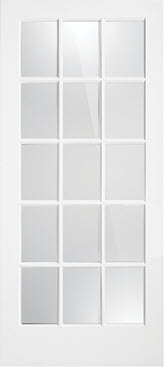
French Door
The louver door features overlapping horizontal slats that allow for air flow, making it a popular choice for closets or laundry rooms. The barn door style is a unique and stylish option with either a K or Z pattern. The contemporary door style is characterized by clean lines and a minimalist design, offering a sleek and modern appearance that complements many modern home styles.

Louver Door
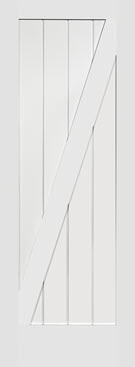
Barn Door
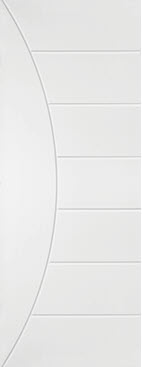
Contemporary Door
The width of an interior door can vary depending on its intended use. Skinny doors, with widths less than 22 inches, can lead to changes in style as the door size decreases.

PR44 Skinny
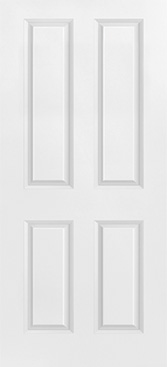
PR44 Standard

PR8720 Skinny
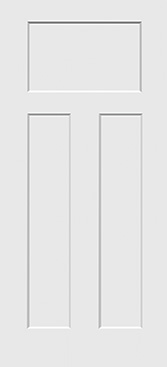
PR8720 Standard
Primed finger jointed jambs are a cost-effective option that can be painted to match the door or room. Veneered wood species or solid wood jambs can match the door’s grain, providing a seamless and cohesive look. The depth of the jamb can range from 3-7/8 inches to 14 inches with wider jambs adding stability.
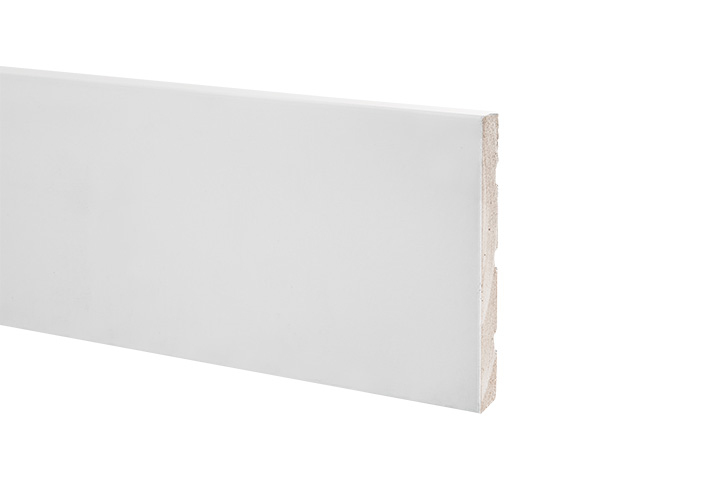
Primed Interior Flat Jamb
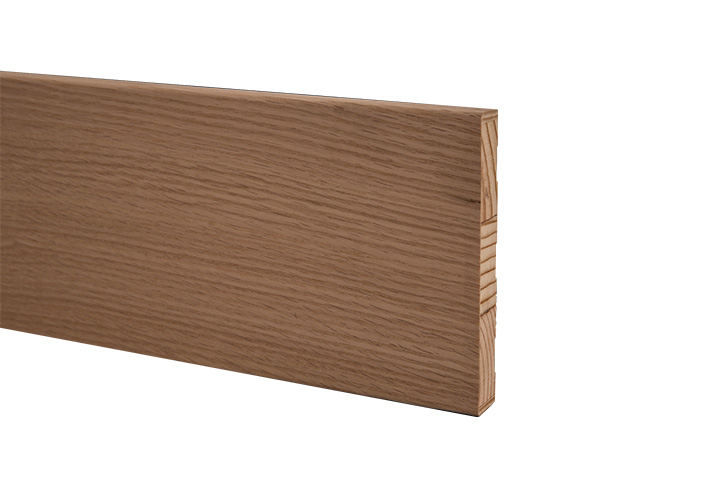
Veneered Interior Flat Jamb
A 4-sided jamb is a good option for units with attics as it provides a finished appearance on all sides.
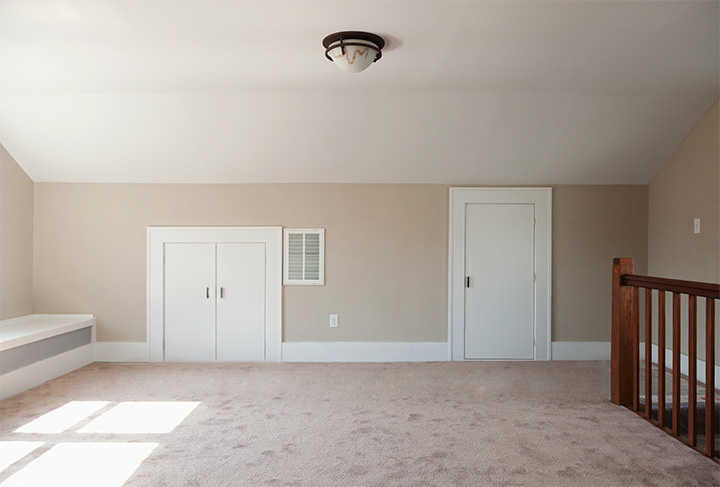
Interior door casing is a trim that covers the gap between the door jamb and the wall, providing a finished appearance to the door opening. The joint between the casing and the jamb can be either a butt joint or a mitered joint, with a mitered joint providing a cleaner, more seamless appearance.
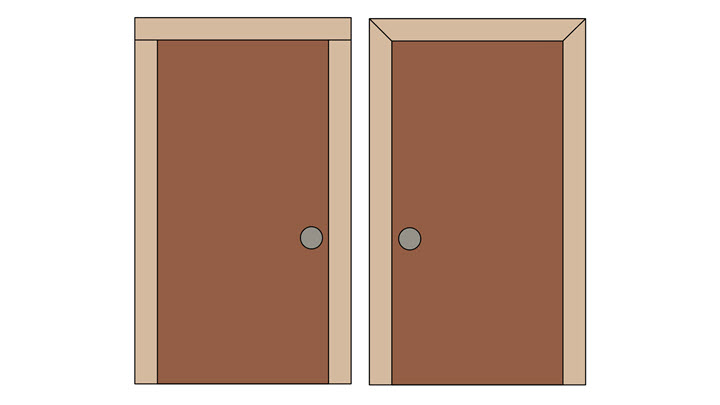
Left: Butt Joint | Right: Miter Joint
Hinges are available in different shapes, including radius and square. For heavier doors, ball bearing hinges are a good recommendation as they provide increased strength and durability.
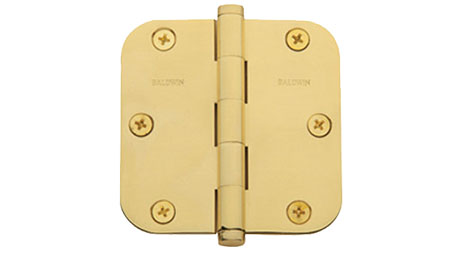
Radius Standard Hinge

Square Ball-Bearing Hinge
Interior door closing options allow the door to close securely and properly. The single bore option is suitable for a passage or entry lock, while the double bore option can accommodate a deadbolt for added security.
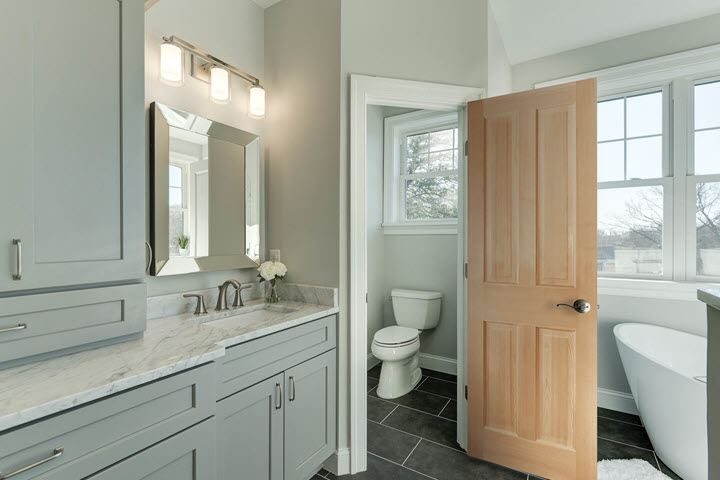
Single Bore
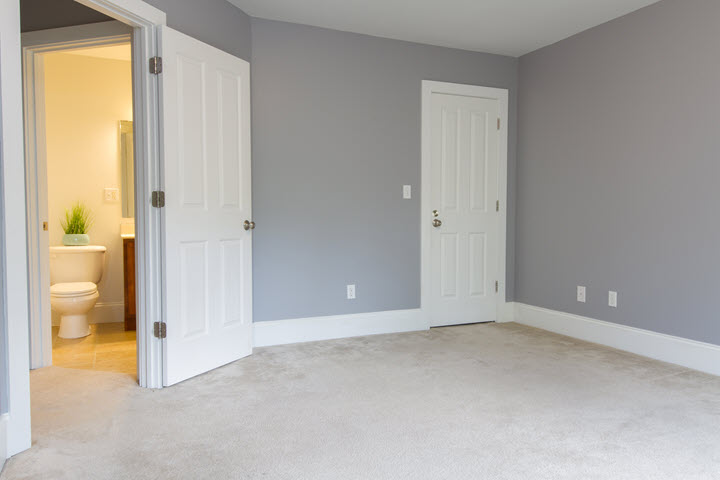
Double Bore
The ball catch is a simple and cost-effective option for closet or cabinet doors, while the surface magnetic catch and roller catch are good options for lightweight doors. The concealed magnetic catch is a more subtle option that is hidden from view and is suitable for doors that need to close quietly.
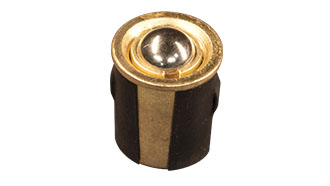
Ball Catch
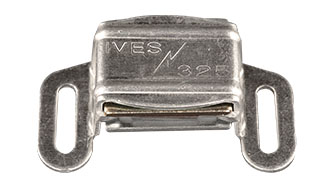
Surface Magnetic Catch

Roller Catch
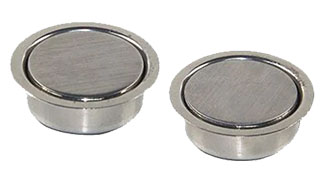
Concealed Magnetic Catch
The handing of a door is determined by standing with your back facing the hinges.
If the door swings towards your left, it’s a left-handed door, if the door swings towards your right, it is a right-handed door.
Handed doors must also identify if the design should go to the hinge or stop side.
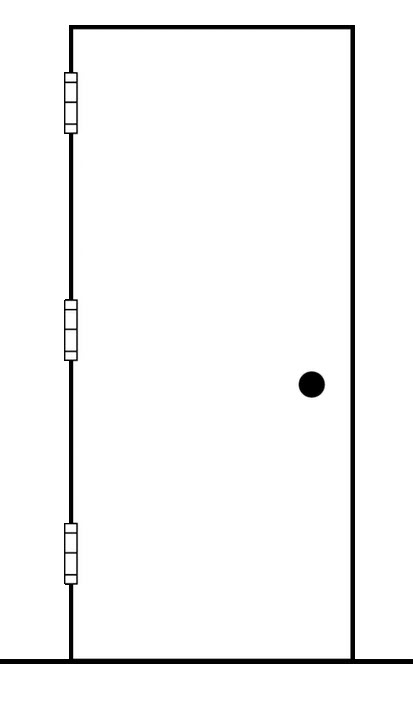
Right-Hand Door
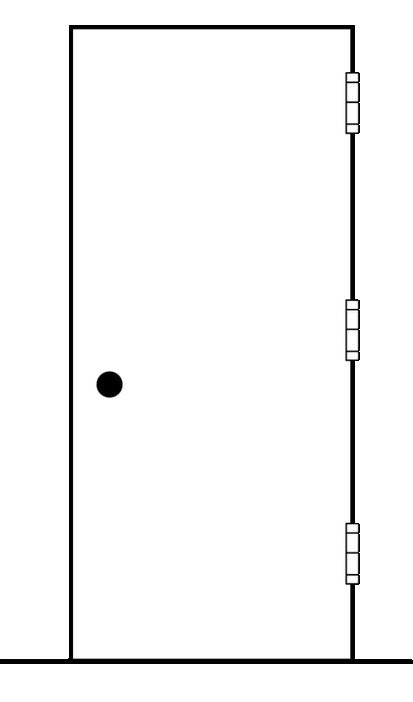
Left-Hand Door
By considering these factors, homeowners can choose an interior door that not only meets their practical needs but also enhances the look of their home.
Selling an Exterior Door Unit
Doors come in a variety of materials, each with unique properties and characteristics.
Fiberglass doors are known for their durability, energy efficiency, and low maintenance, making them a popular choice.
Wood doors offer a warm, natural look and can be stained or painted to match the style of the home.
Steel doors are extremely strong and secure, making them a popular choice for garage and back doors.
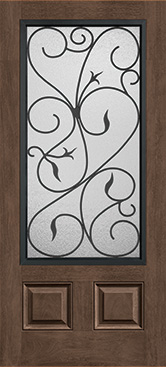
Fiberglass

Wood
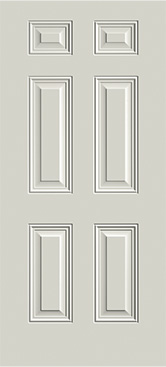
Steel
The type of door you choose will also depend on the level of exposure it will receive, as some materials may not hold up as well in harsh weather conditions. After selecting the type of door, its style is the next key consideration. The panel design, whether it be raised or flat, and the glass size and type significantly impact the door’s look and performance.
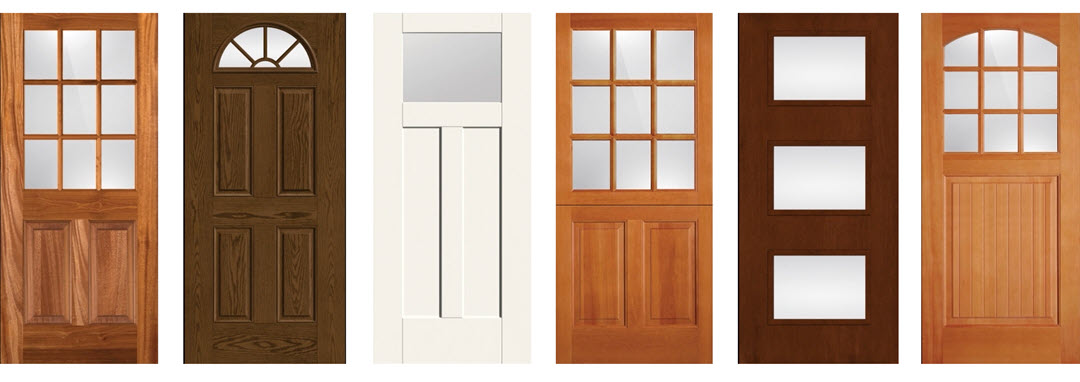
Glass options available include clear, low-E, beveled, decorative, and privacy. Enhancing the door’s visual appeal can be achieved by adding door molding and grilles, such as TDL, SDL, or RG.

From Left to Right: Clear, Low-E, Beveled, Decorative, Privacy
The width and height of the doorway plays a significant role as well. The standard door size is 3 feet wide and 6 feet 8 inches tall, but not all openings are this size, making it important to measure the opening accurately before deciding.
The door unit can be either a single door or a double door, and it can also include sidelites or transoms. The construction of a sidelite unit is also an important consideration, with options for continuous or boxed construction.
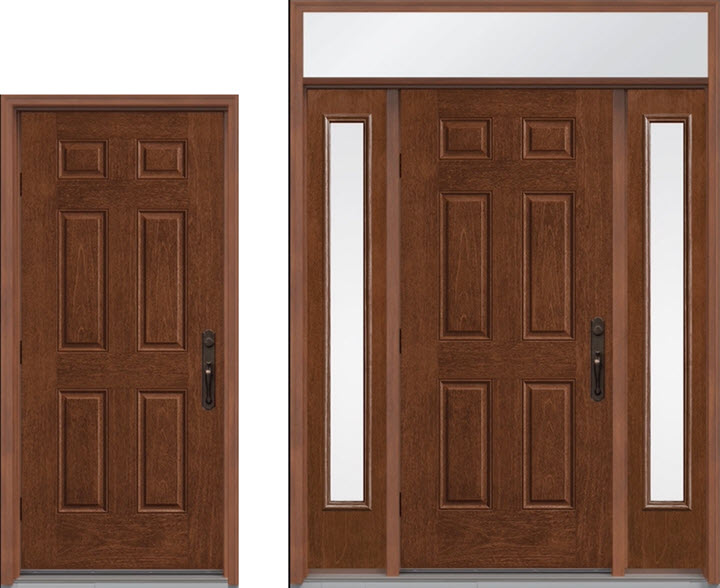
Unit handing refers to the direction in which a door opens.
There are two main types of unit handing: inswing and outswing. Inswing doors open inward, while outswing doors open outward.
The choice of a right or left-hand door will affect the placement of hinges and the way the door operates.

Right-Hand Door

Left-Hand Door
The jamb material options include primed finger-joint, composite for weather resistance, solid wood for a classic look, and ultra PVC for ease of maintenance. The depth of the jamb, which ranges from 4-9/16 to 8-1/8 inches, is determined by the wall construction.
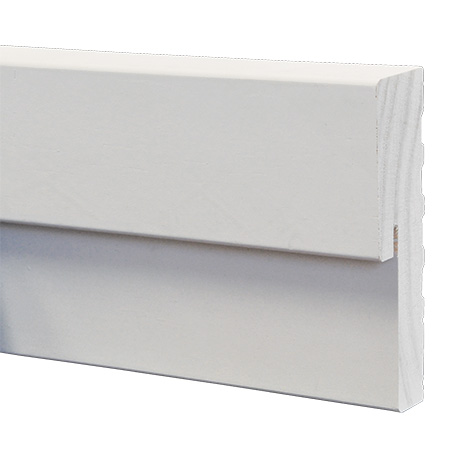
Primed Jamb
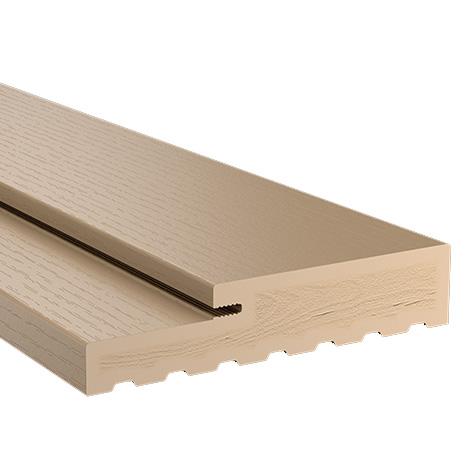
Composite Jamb
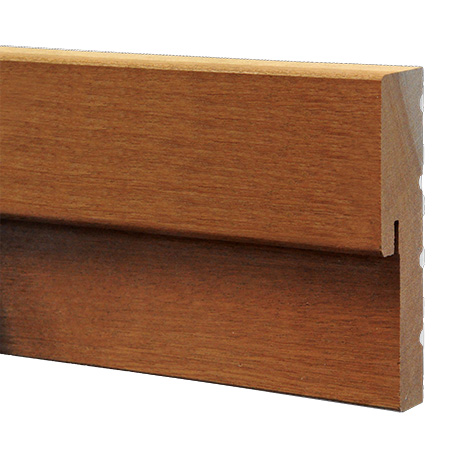
Wood Jamb
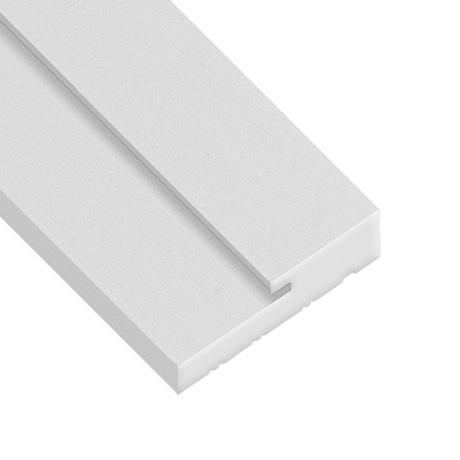
PVC Jamb
Brickmould and casing serve as trim pieces to cover the space between the door frame and the wall. The material of the brickmould or casing is usually the same as the jamb, but it can also be different, with options like primed, FrameSaver, wood, PVC, or composite. The brickmould or casing can either be shipped attached to the unit or sent loose for field application.
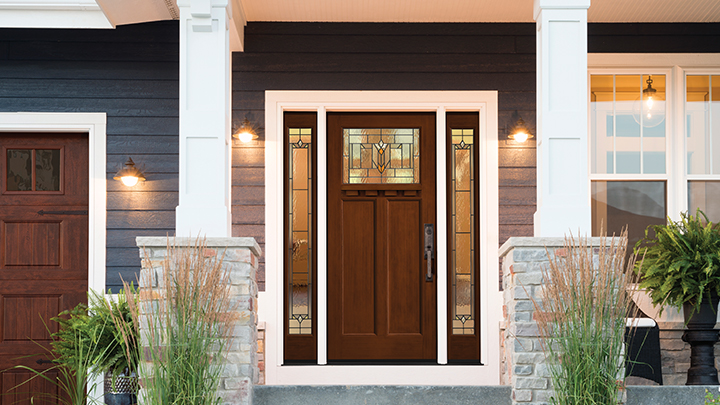
Hinges come in different styles, including radius or square. For heavier doors, upgrading from standard hinges to ball-bearing hinges can provide increased performance. When choosing an outswing door, it is recommended to use NRP hinges for added security.
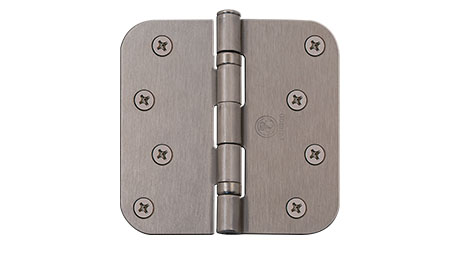
Radius Ball-Bearing Hinge
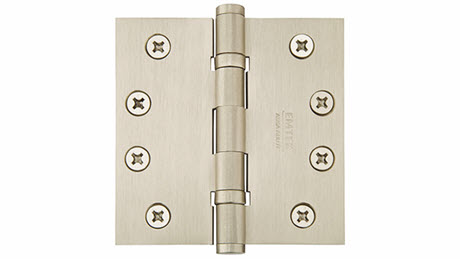
Square NRP Hinge
The types of sills available include a composite or hardwood adjustable option or a fixed sill. Wood sills come in a variety of options, including oak or mahogany. Public access sills are designed to be low profile for improved accessibility.
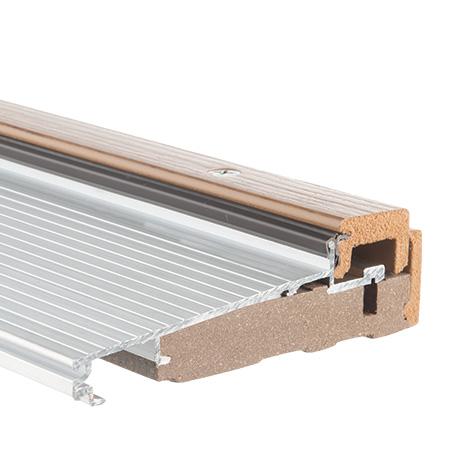
Composite Sill

Mahogany Wood Sill
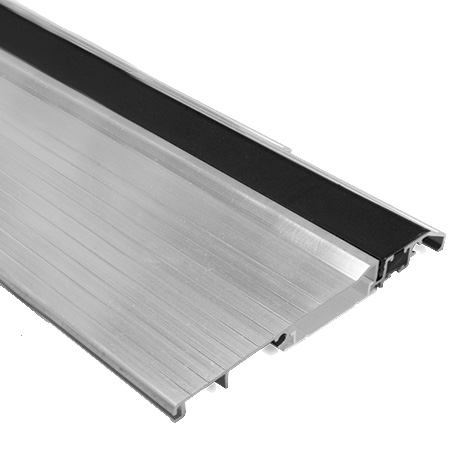
Public Access Sill
The selection of lockset is crucial for the security and proper functioning of a door unit. For a knob or lever, a bore is needed for the door with options of a 2-3/8” or 2-3/4” backset.
For increased security, a multi-point lock provides multiple points of contact and is a great option and highly recommended for all 8-foot doors.
Door accessories can add both functionality and style to a door unit. A sill cover can protect the sill from scratches during construction. A sill pan adds an extra layer of protection to help keep moisture away from the subfloor.
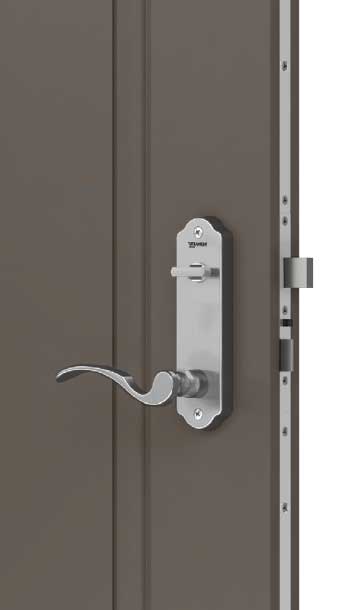
Multi-Point Lock
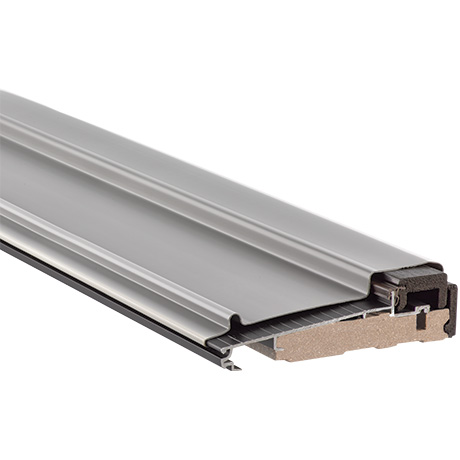
Sill Cover
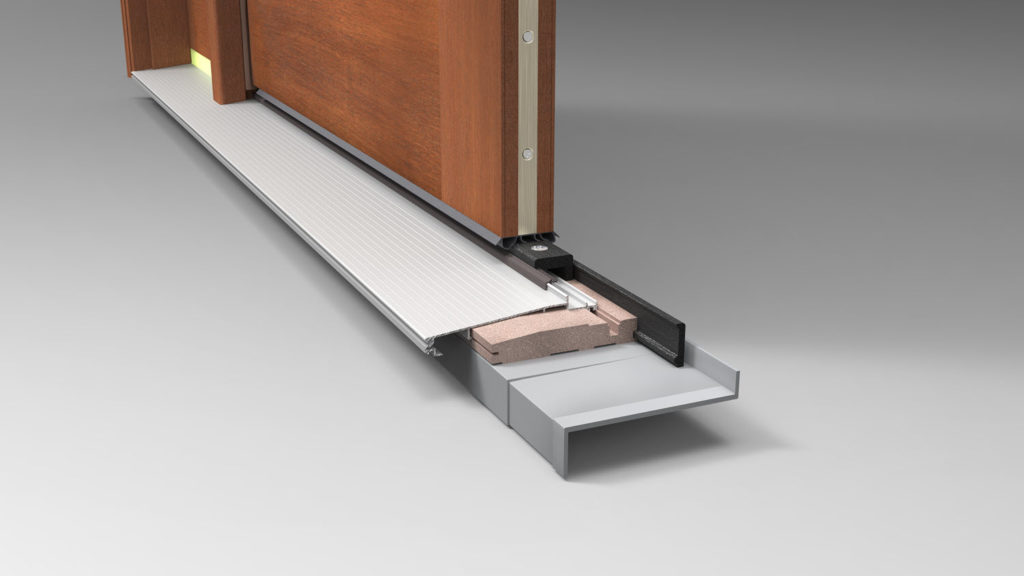
Sill Pan
Reeb Finish simplifies the installation process by providing a door unit that is ready to go right out of the box. This high-quality finish can only be achieved in the factory and cannot be duplicated in the field.
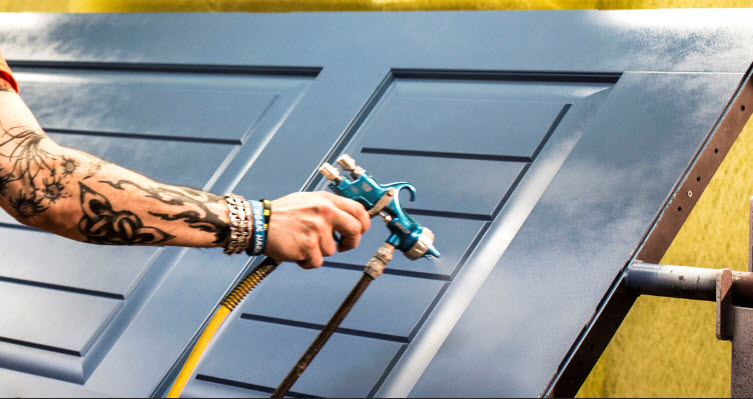
Choosing the right door is a multi-faceted decision that requires careful consideration of the type of door, jamb material, sill, and accessories. With so many options available, it’s important to take the time to make an informed decision.





